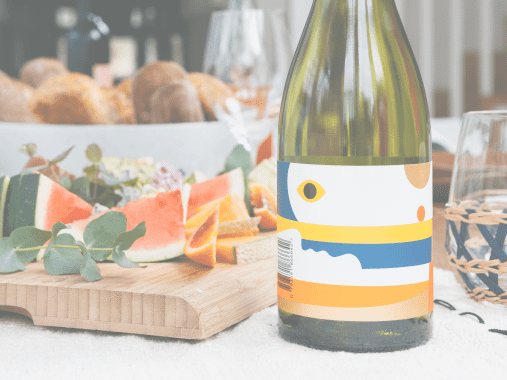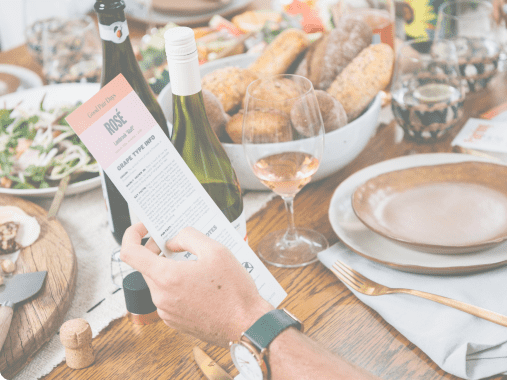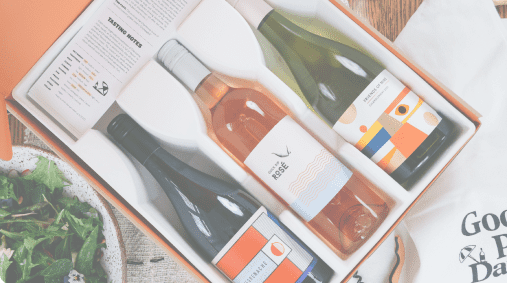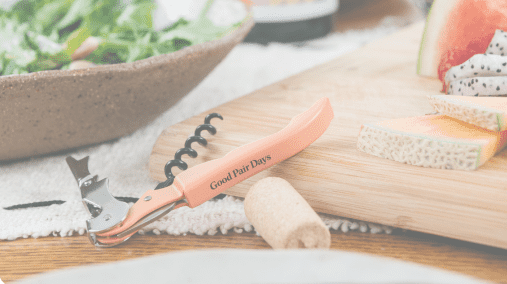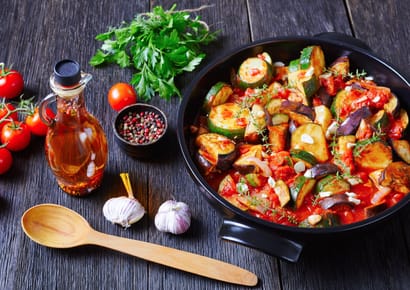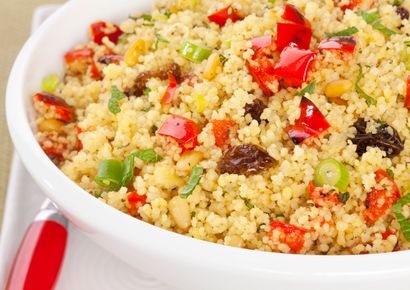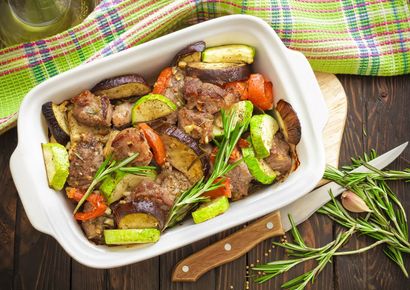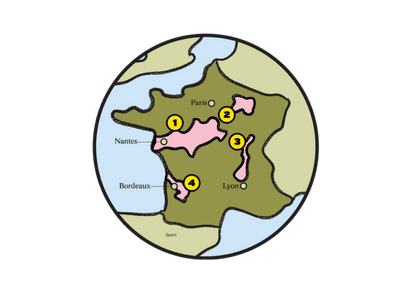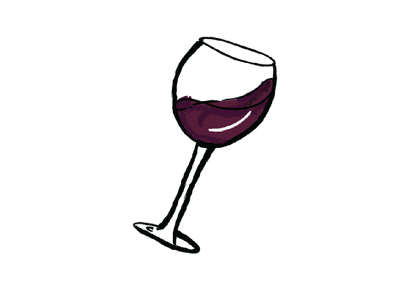Maison Johanès Boubée 'Les Sonnailles' Merlot Blend 2024
Primary flavours

Red Plum

Ripe Raspberry

Liquorice

Spice
Details
It may come as a surprise to a lot of people that Bordeaux is the biggest wine region in the world, the home of Cabernet Sauvignon and Merlot. Merlot has found its way into a lot of blends around France and with the Les Sonnailles Rouge, it plays the lead role. With a nice array of bursting berries and juicy red plums, this fruit forward red has all you need in a Merlot blend. To wrap up the fruit tones, there are some liquorice and vanilla tones and some dry tannin to boot.
Origin: It’s believed that the first wines made were in the Médoc region in southwestern France. Mainly Grown In: France leads the way here, with Bordeaux the big one. Also California, South Australia, central and northern Italy, plus Argentina. Key Facts: No matter how mer-little you know about wine, chances are you’ve heard of Merlot (pronounced “Mer-low”). Merlot is like a Golden Retriever; dependable (it ripens reliably well), lovable (especially for its chocolatey and soft plummy flavours), and able to get along with pretty much everyone (a champion in some of the most prized blends on the planet). Merlot is so approachable and smooth that it is often described as tasting “velvety”. Not sure when you last licked some velvet, but we did, and the Merlot definitely tasted much better than velvet. However, velvety is a fair way to describe the soft cushion-like comfort of how Merlot rolls across the palate — yum! Fun Fact: Merlot lost consumer popularity after the movie Sideways and many people started to lift their noses in the air towards it. However, the red Bordeaux that these same people were cosying up to was predominantly composed of Merlot - leave Merlot alone!
Origin: It’s believed that the first wines made were in the Médoc region in southwestern France. Mainly Grown In: France leads the way here, with Bordeaux the big one. Also California, South Australia, central and northern Italy, plus Argentina. Key Facts: No matter how mer-little you know about wine, chances are you’ve heard of Merlot (pronounced “Mer-low”). Merlot is like a Golden Retriever; dependable (it ripens reliably well), lovable (especially for its chocolatey and soft plummy flavours), and able to get along with pretty much everyone (a champion in some of the most prized blends on the planet). Merlot is so approachable and smooth that it is often described as tasting “velvety”. Not sure when you last licked some velvet, but we did, and the Merlot definitely tasted much better than velvet. However, velvety is a fair way to describe the soft cushion-like comfort of how Merlot rolls across the palate — yum! Fun Fact: Merlot lost consumer popularity after the movie Sideways and many people started to lift their noses in the air towards it. However, the red Bordeaux that these same people were cosying up to was predominantly composed of Merlot - leave Merlot alone!
Read more
Taste Profile
This wine’s tasting notes.
Sweetness

lowmediumhigh
Body

lightmediumfull
Fruitiness

nonesomelots
Tannins

lowmediumhigh
Acidity

lowmediumhigh
Oak

nonesomelots
Alcohol

low
(under 12%)medium
(12-14%)high
(14%+)
Taste Summary
This wine’s tasting notes are leaning towards medium bodied, low sweetness, with low acidity, some fruitiness, medium tannins, medium alcohol and no oak.
Specs
Region
South of France
country
France
Grape type
Merlot Blend
Wine Maker
Maison Johanès Boubée
Alcohol
12%
Vintage
2024
Cellar period
1-3 years
Production method
Conventionally Made
collection
Pairing guide
We’re always excited to discover a new Merlot blend to share with you all, and this month’s uncovering of Maison Johanès Boubée’s beautiful release is among our favourites so far. Plush and juicy, it’s a wonderful wine to pair with richer meat dishes like confit duck or pan-roasted duck breast with plum sauce, lamb shanks in gravy, and bacon and eggplant combos. Sausage casserole, roast root vegetables, stuffed mushrooms with plenty of garlic, and all kinds of strong and funky cheeses will also pair brilliantly here.
Read more
Food

duck

Chicken Dishes
Tastes

Earthy
Moods

Relaxed
Seasons
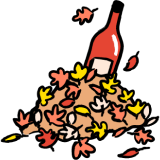
Autumn
Recipe Matches
Wine region
South of France, France
French wine regions are quite controlling about what grapes they can use, when they can pick their grapes and what must be stated on the bottles. If wineries want to avoid all these tiresome restrictions, they simply use the catch-all term "Vin de France" ; however this mostly applies to the South of France where the main wine regions of Bordeaux, Rhone, Languedoc-Roussillon and the South-West sit. These regions grow it all, from Cabernet Sauvignon to Grenache and Sauvignon Blanc to Viognier so it is a great option to make less serious and restrictive wine and wines with a bit of personality.
Read more









